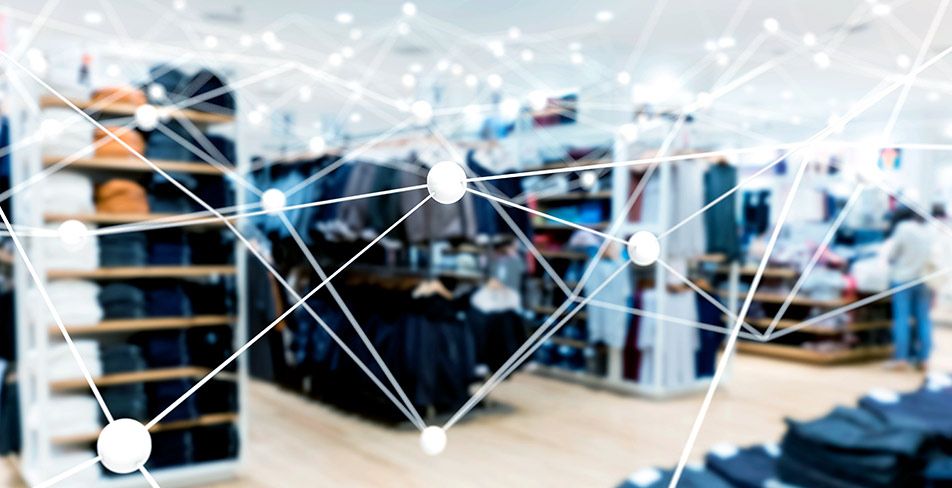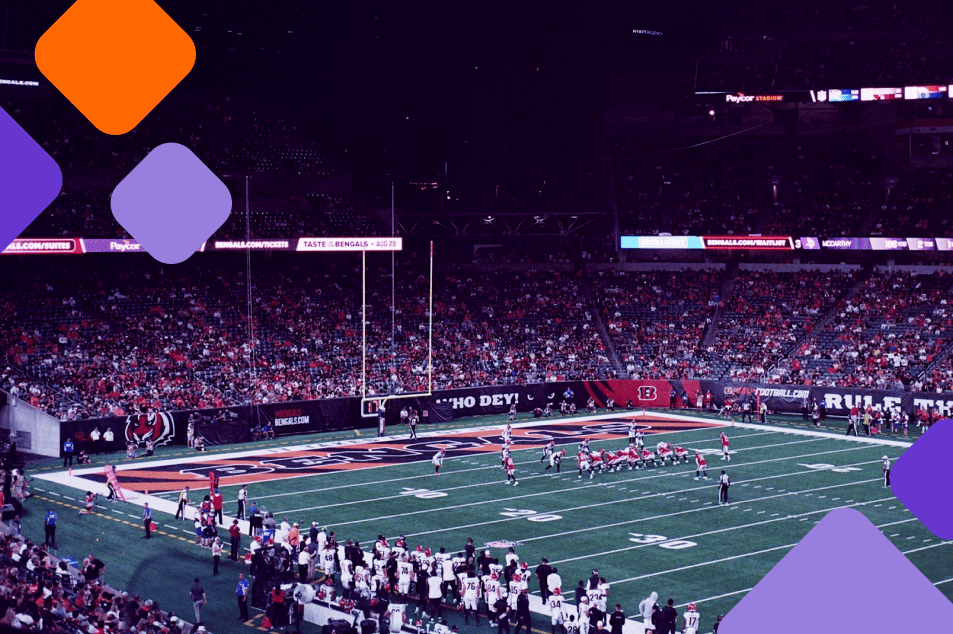
Redegal, Google Partner Premier agency 2025
We tell you about the business possibilities offered by these new analytics technologies in physical stores and how the data obtained is used and analyzed without affecting the privacy of the user.

We tell you about the business possibilities offered by these new analytics technologies in physical stores and how the data obtained is used and analyzed without affecting the privacy of the user.
In search of facilitating and modernizing the processes of studying consumer behavior at the point of sale different platforms emerge such as APTC or Scan & Go, among others. Knowing the consumer is fundamental, he is the one who makes the decisions and ultimately decides which product to add to his shopping cart.
Due to the remoteness of the point of sale, manufacturers find it very difficult to access this type of insight. Hence the importance for companies to know how the user behaves and what pushes him to opt for one article and not another, although they have similar characteristics.Do you want to know more about how these analytics technologies work in physical stores? ¡We tell you!
The Covid-19 pandemic has changed the shopping experience in physical stores. The user seeks to arrive at an establishment, purchase their favorite items and leave. They have become accustomed to the facilities offered by the online world and do not want to waste time in endless queues. In addition, these technologies reduce contact with other people and strengthen distance measures. As a result, more and more companies are looking to solve this problem, make the point of sale more attractive and save time for their customers.
Thus, different platforms emerge with the consumer as their main target, who is in charge and who makes the final decision; knowing the consumer is the basis and the starting point for the operation of any business.
Retail intelligence is a technology that is having a great influence on the retail sector through tools that provide access to new data on consumer activity. It is a set of applications and tools focused on knowledge management through the collection, processing, interaction and analysis of information generated in all operations.
It is based on the use of Information Technology (IT) to process and analyze data generated by consumers attending a point of sale. Among the data obtained are those related to real-time interaction between the manufacturer and the consumer, traffic at the point of sale, facial detection, relationship between price and the geographical area of the customer.
Today’s consumer expects more from a physical environment, so it is important for the retail industry to use these tools to captivate the customer and, at the same time, concentrate data to improve the sales process.
The APTC project, led by Redegal and in which Itelsis, Coren and Reclam collaborate, hides under its acronym, “Advanced Product Analytics Platform for Consumer Decision Making”.
The idea is based on the installation in store displays or on supermarket shelves of technological tools to measure the profile of each customer, their activity and geospatial data. In this way, companies will be able to approach the perception that consumers have of their products, not only through digital analytics data but also physically. This information will bring significant value to the company, offering new lines of business for the future, as well as launching positioning campaigns or even adapting manufacturing operations.
Redegal is in charge of leading this idea and is responsible for carrying out different tasks of conception, design, and development of the platform’s software architecture, and of the specific tools and applications for product analytics at the point of sale, as well as collaboration in the validation and testing of prototypes.
The proposal is based on the conception and development of an advanced analytics platform that makes it possible to obtain and exploit, in real time, direct knowledge of what end consumers are like and how they behave at the point of sale, whether digital or physical. This is based on the combination of video technology (without recording and without identification), with anonymous measurement technologies through sensors deployed in the display, and advanced information processing to integrate multiple sensors, and obtain a unique interpretation of the actions that a consumer performs at the point of sale. All this is based on a series of strict data protection measures that prevent the sharing of users’ personal information with third parties.
The Scan & Go platform was developed at Sam’s Club in the United States to enhance the shopping experience by providing shoppers with a quick way to get their hands on products. This technology allows customers at Sam’s Club stores to scan their products with their cell phones, and then, when they fill their baskets, go through a self-pay checkout.
According to data collected by SOTI, an innovation and simplification company for enterprise mobility solutions, 67% believe that using this mobile technology saves time for employees and suppliers.
These tools are presented as an important source of data on customer behavior. The analysis of such applications is an effective method for assessing in-store performance, shopping patterns and customer satisfaction, among other aspects.
According to information from the Europa Press agency, an analysis by one of the largest grocery store chains on that continent showed that shoppers who use personal scanning platforms to purchase their products come back to shop 33% more often.
Today it is not enough to cover only one channel to communicate with a customer or prospect. During the buying process, today’s consumer uses different channels and devices, and sometimes simultaneously.
The first contact with a brand may start with an advertisement on social networks, followed by a second point of contact via email and ending with a webrooming in which a product is researched online but purchased in the physical store or the other way around, through showrooming. Hence, omnichannel management has become more popular in recent years as a result of the rapid change in consumer behavior and needs.
These are some practices carried out within omnichannel analytics that will change the user experience:
The omnichannel strategy has customer satisfaction as a priority, hence their data is sacred, and your top priority is to ensure their privacy. To do this, it is necessary to use the best security tools and keep them updated to minimize the risk of malicious attacks.
Now that you know the possibilities that Store Analytics offers for your business and the importance of omnichannel analytics, do you want to know more about the APTC project or how to use these tools in the right way to be sure of success? Contact us!
The APTC project is co-financed by the Galician Innovation Agency and FEDER funds for regional development, as well as supported by the Second Vice-Presidency and the Department of Economy, Business and Innovation of the Xunta de Galicia.

You may be interested in our latest posts

Redegal, Google Partner Premier agency 2025

What is AI Overviews and how will affect SEO?

Bluesky: What is it and how to create an effective strategy

The Super Bowl in a data-driven era
Discover the best digital strategies for your brand
Hi!
We are looking forward to hearing more about your digital business.
Tell us... What do you need?
Fill in the form or call us at (+44) 2037691249